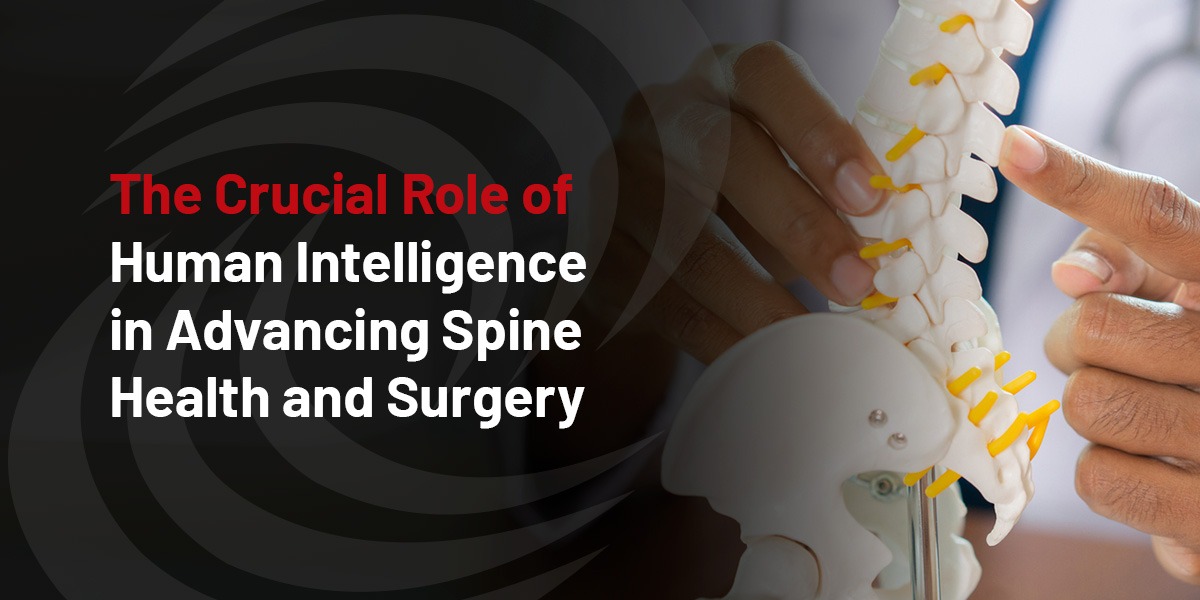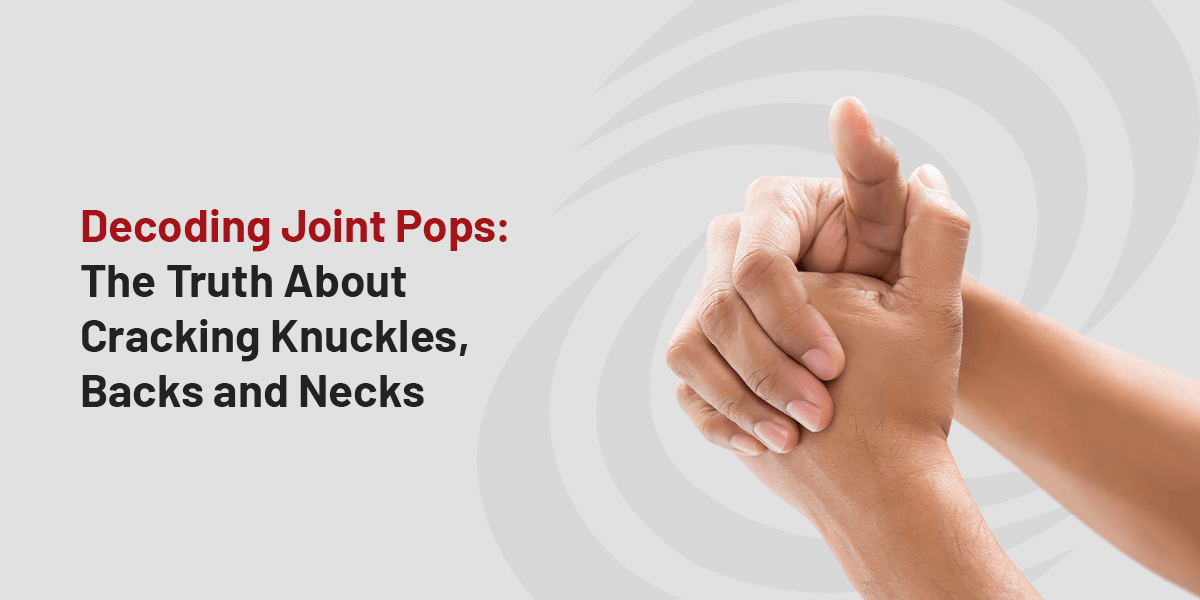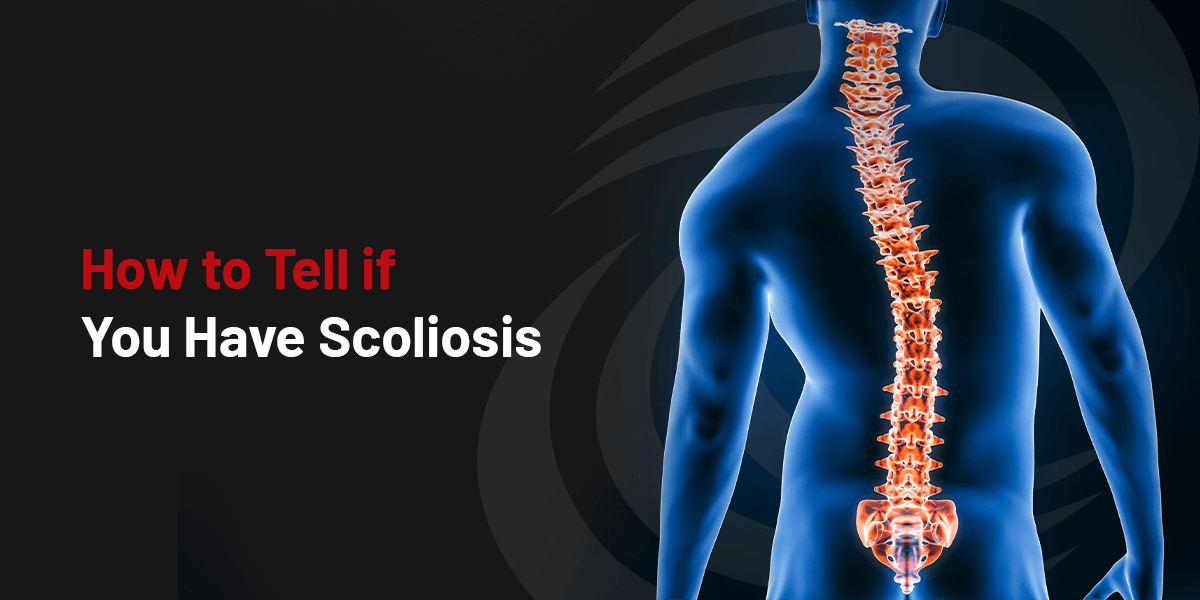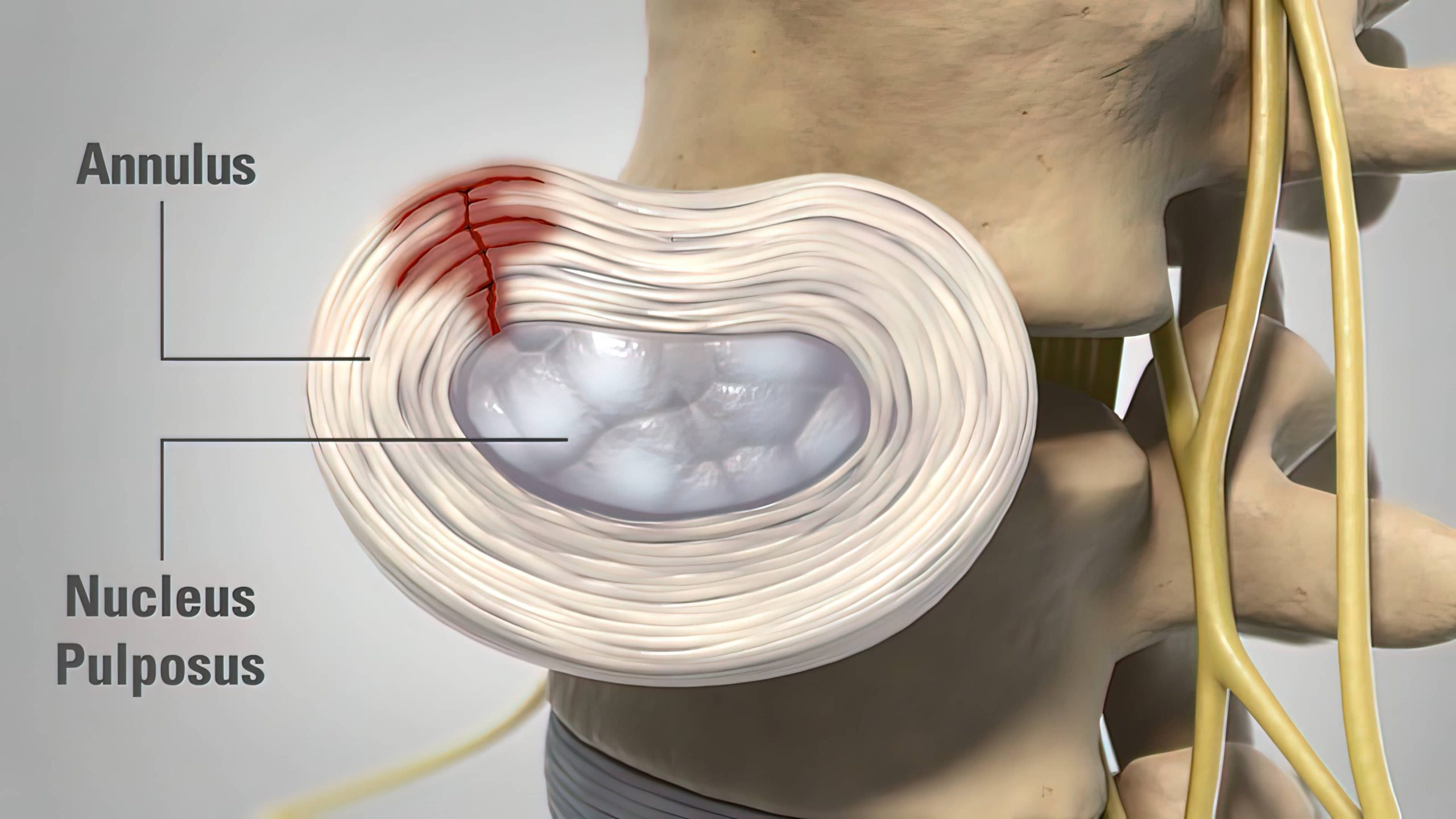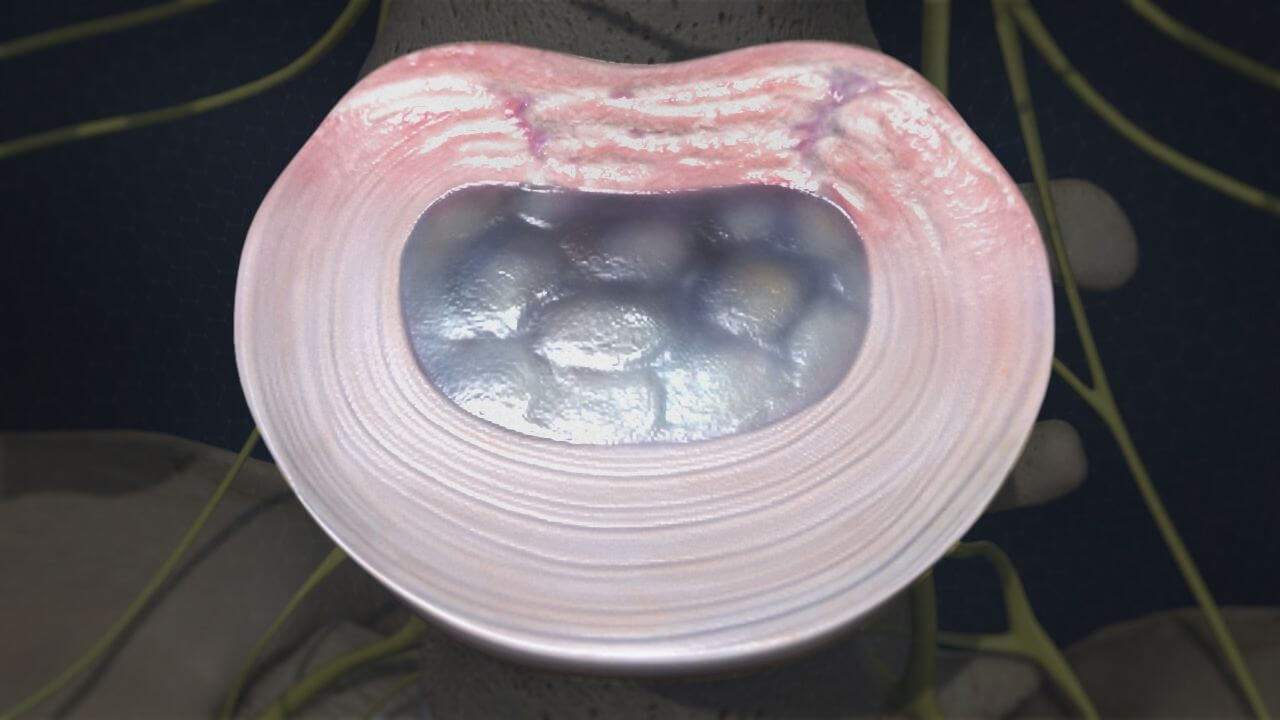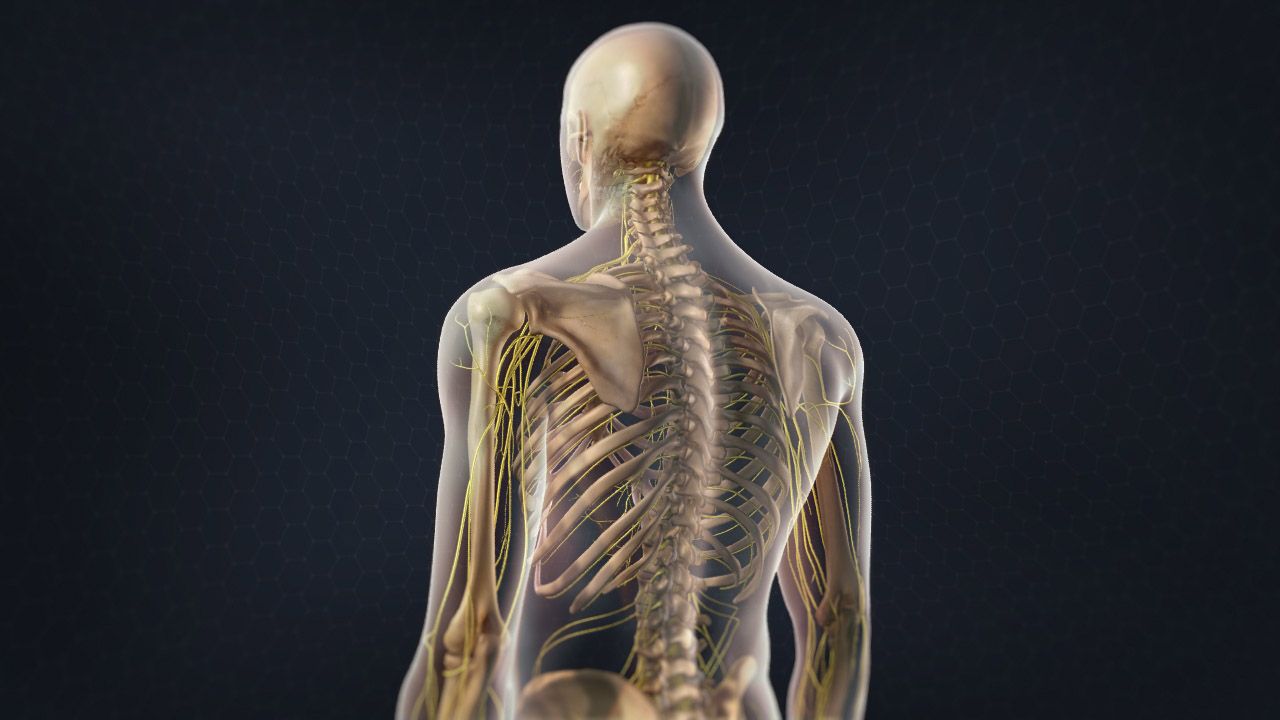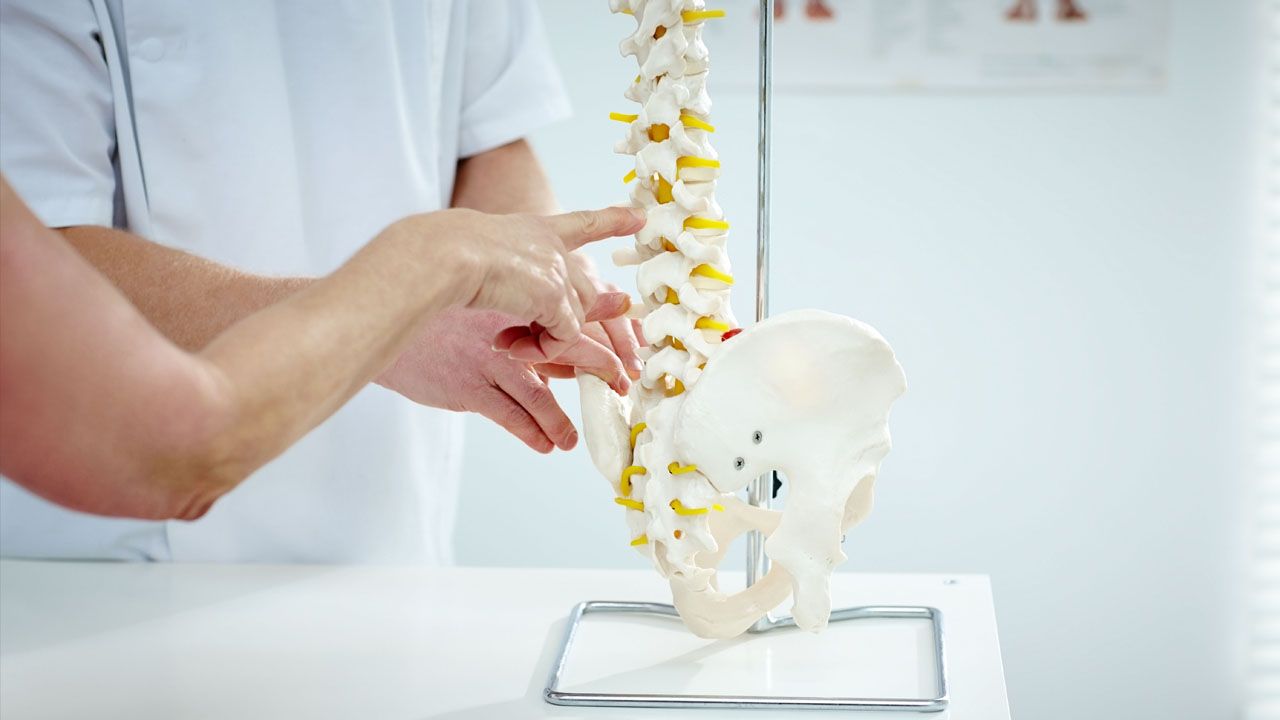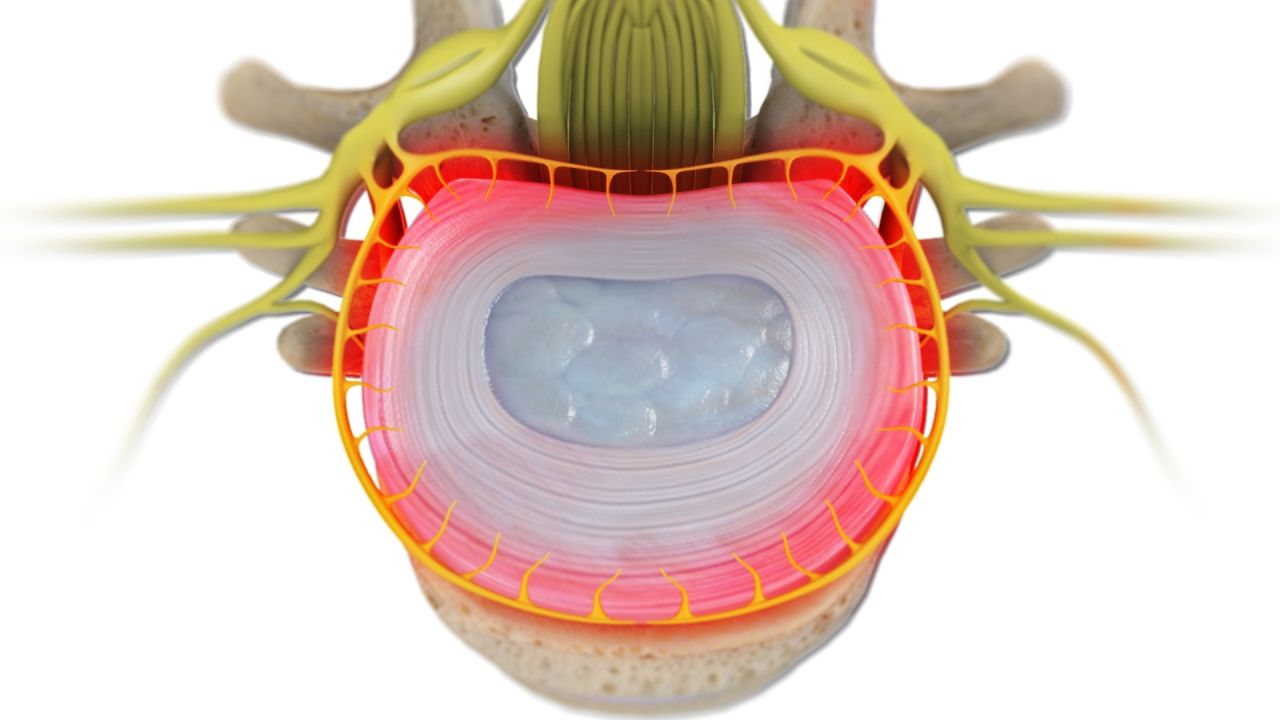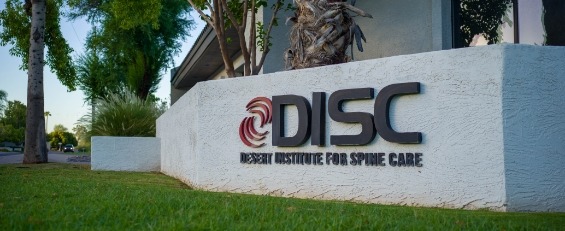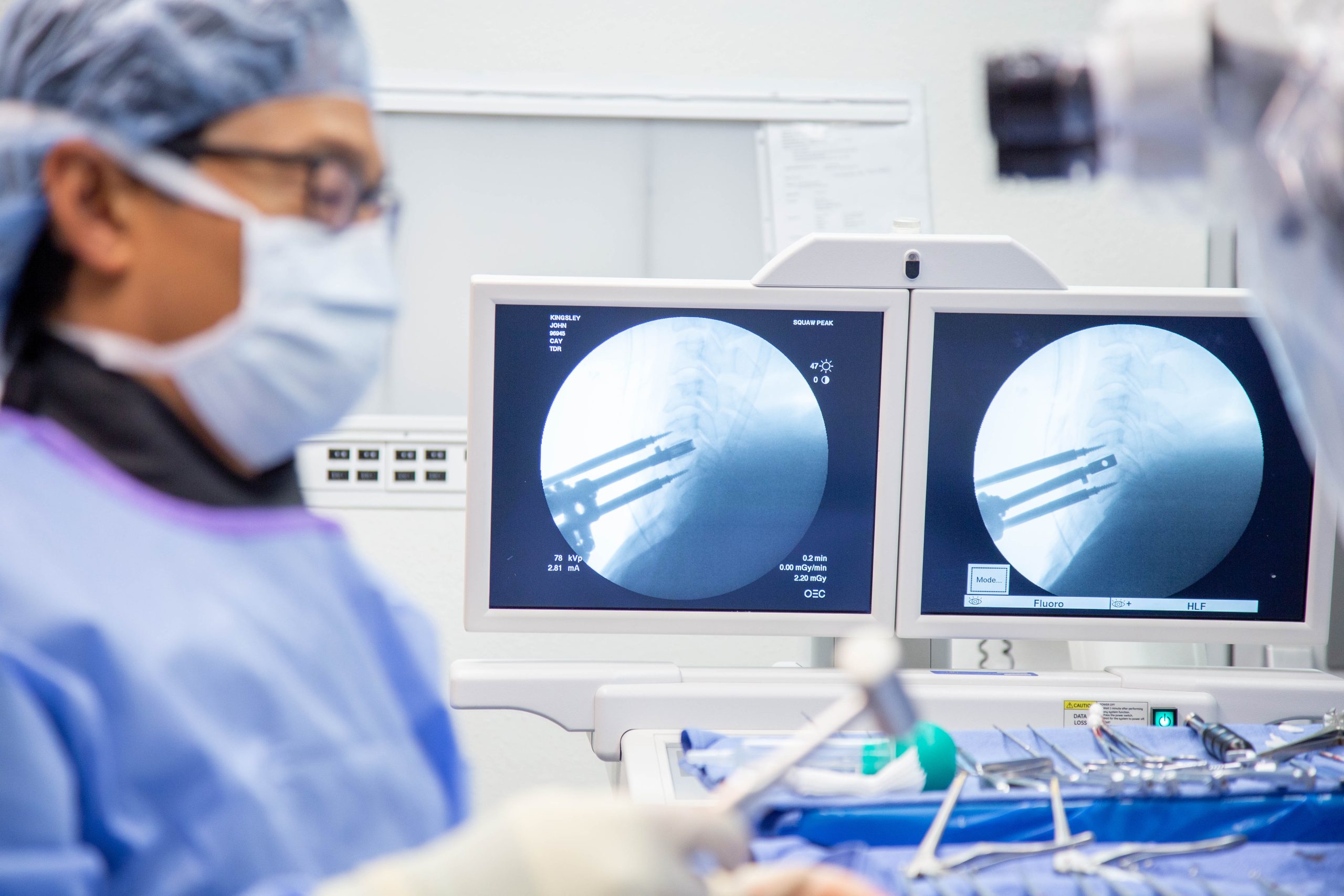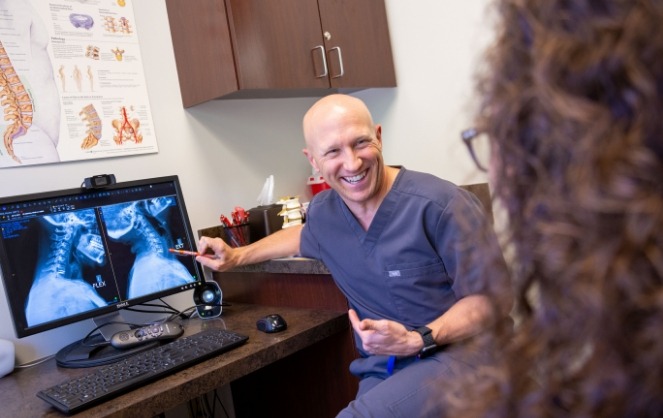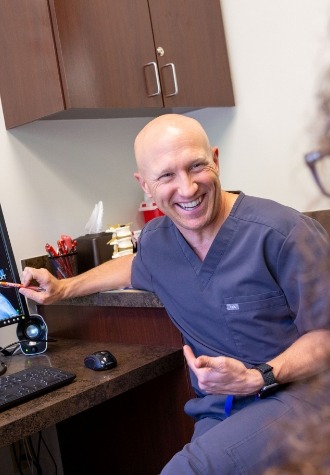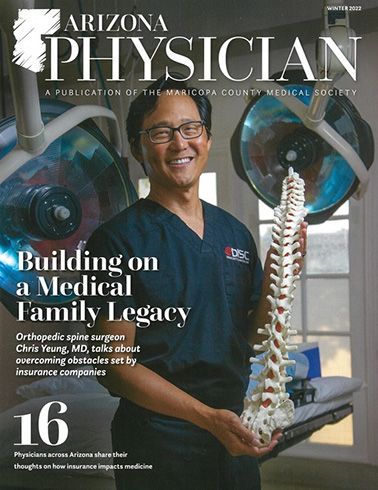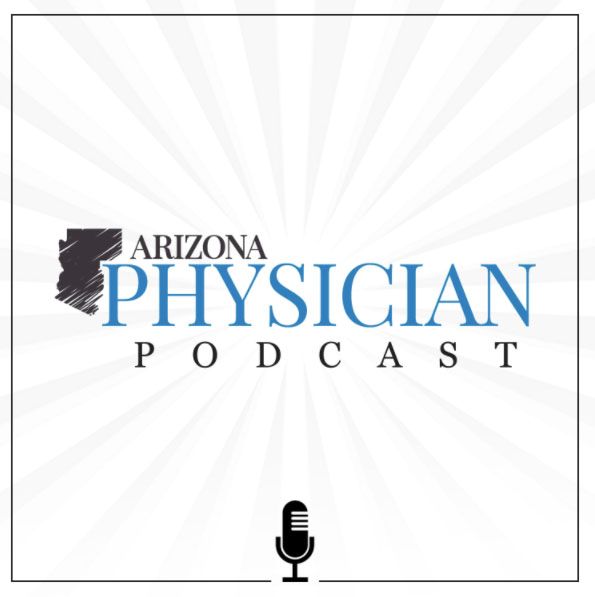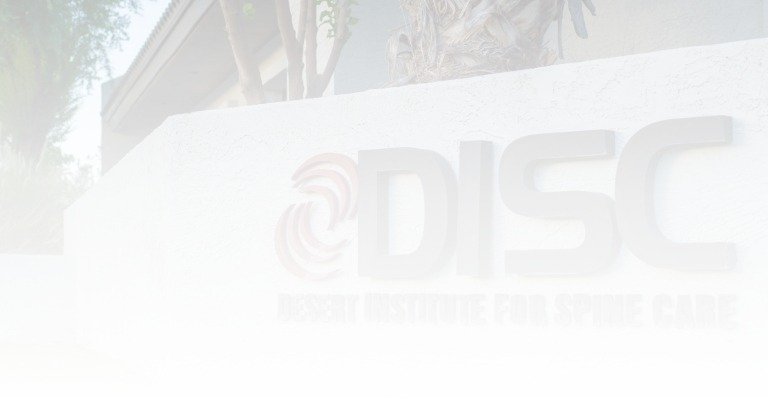Annular Disc Tear
As you age, your body undergoes many changes, including gradual deterioration of your spine’s various structures. One of the most notable changes is an annular disc tear, which can occur in your intervertebral discs. Disc tears are part of the degenerative disc disease cascade.
They can occur naturally or because of a traumatic impact on the disc from repetitive exercises, lifting or for example an auto accident. When you experience a disc tear, this can lead to extremely painful symptoms and back pain.
If you’re looking for doctors who treat these annular disc tears in Arizona, look no further than Desert Institute for Spine Care. We are leaders in minimally invasive spine care, treating the source of your painful symptoms.
Schedule an Appointment

